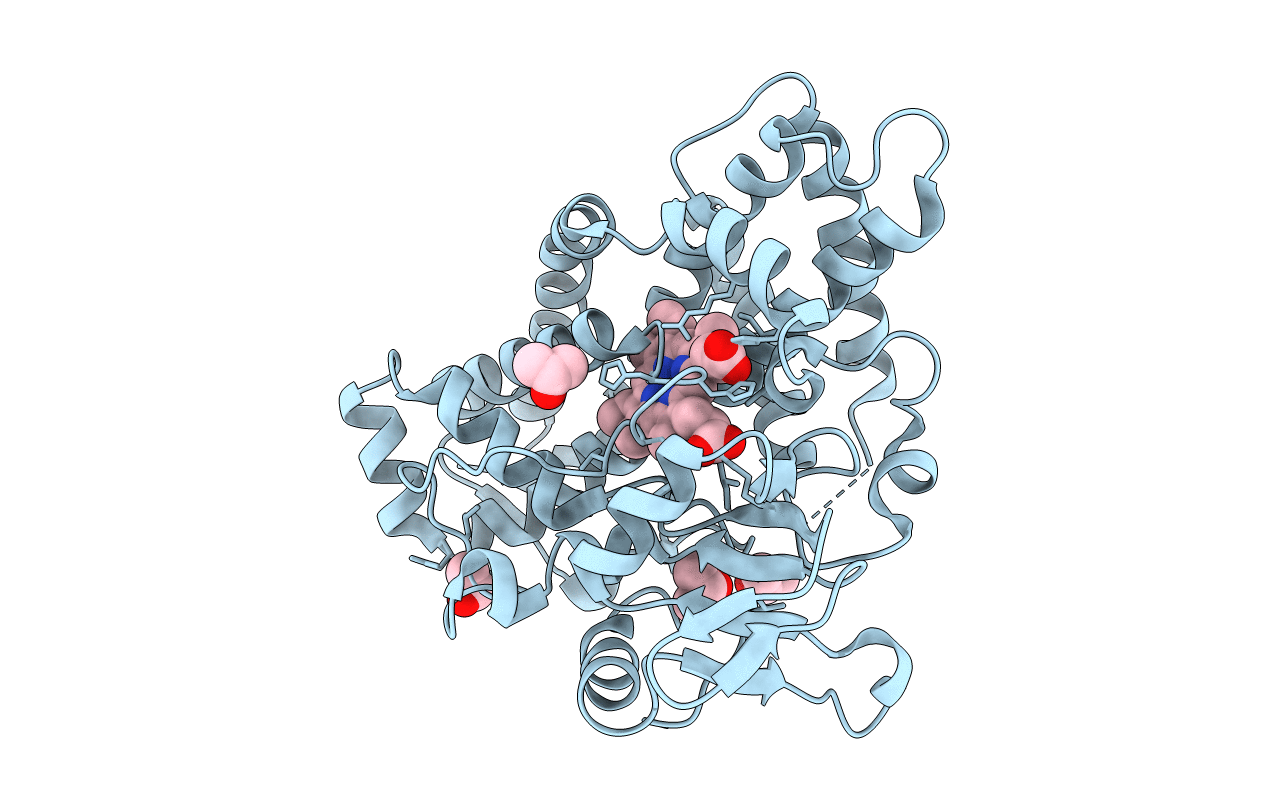
Deposition Date
2007-03-07
Release Date
2007-12-18
Last Version Date
2024-05-08
Entry Detail
PDB ID:
2UUQ
Keywords:
Title:
Crystal structure of CYP130 from Mycobacterium tuberculosis in the ligand-free form
Biological Source:
Source Organism:
MYCOBACTERIUM TUBERCULOSIS (Taxon ID: 83332)
Host Organism:
Method Details:
Experimental Method:
Resolution:
1.46 Å
R-Value Free:
0.22
R-Value Work:
0.19
R-Value Observed:
0.19
Space Group:
C 1 2 1


